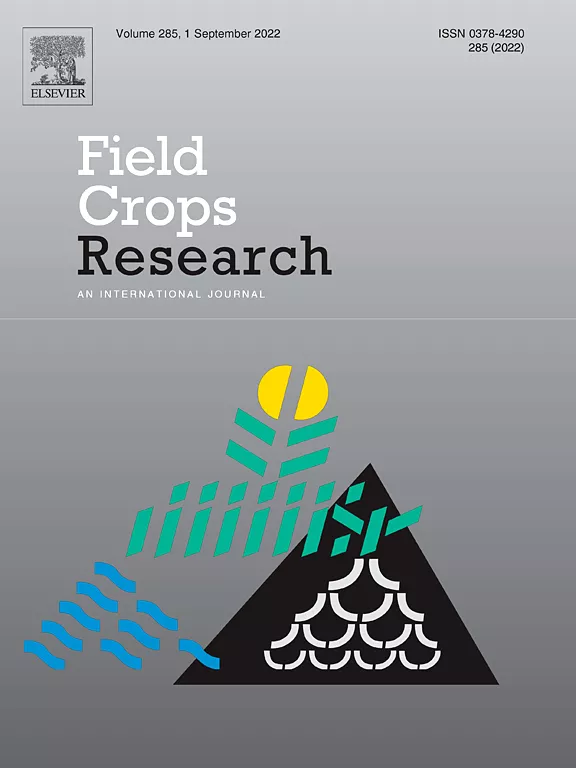Minimizing trade-offs between wheat yield and resource-use efficiency in the Nile Delta – A multi-model analysis
Current wheat crop management practices in the Nile Delta of Egypt are unsustainable due to the overuse of limited water resources. Therefore, the aim of this study was to investigate opportunities to maximize wheat yield and resource efficiency including irrigation water use efficiency (WUE), nitrogen use efficiency (NUE), and solar radiation use efficiency (RUE). Three wheat simulation models (CERES, CROPSIM and NWheat) of the Decision Support System for Agrotechnology Transfer (DSSAT) were calibrated and evaluated for the modern spring wheat cultivar Sakha95 across field experiments with sowing date and irrigation treatments over three successive growing seasons. All three crop models showed a satisfactory agreement between simulated and measured grain yield and water use under both limited and unlimited conditions. The three crop models were then used to simulate yield, WUE, NUE and RUE under various N and irrigation treatments for 10 sites representing the wheat growing area of the Nile Delta using historical weather data from 1981 to 2010. Increasing nitrogen fertilizer to 300 kg N ha-1 improved grain yield across the Nile Delta (to 9800 kg ha-1), WUE (to 30.6 kg ha-1 mm-1), and RUE (to 0.89 g MJ-1), but with diminishing returns for each kilogram of fertilizer applied and, hence, a decreasing NUE (to 28.9 kg grain yield kg N-1). Irrigation at 80% plant available water depletion was the optimal treatment, which minimized water use with a slight decline in grain yield (7992 kg ha-1), WUE (28.0 kg ha-1), and RUE (0.67 g MJ-1). For food security and optimal utilization of available solar radiation, the highest yield seems most desirable. However, with limited water and N fertilizer resources, a high WUE and NUE could be more critical for a sustainable wheat production in the Nile Delta and other irrigated arid wheat growing regions.
Year
2022
Publication Source
Field Crops Research
Publication type
Scientific Paper
Volume/Chapter/Issue
287











